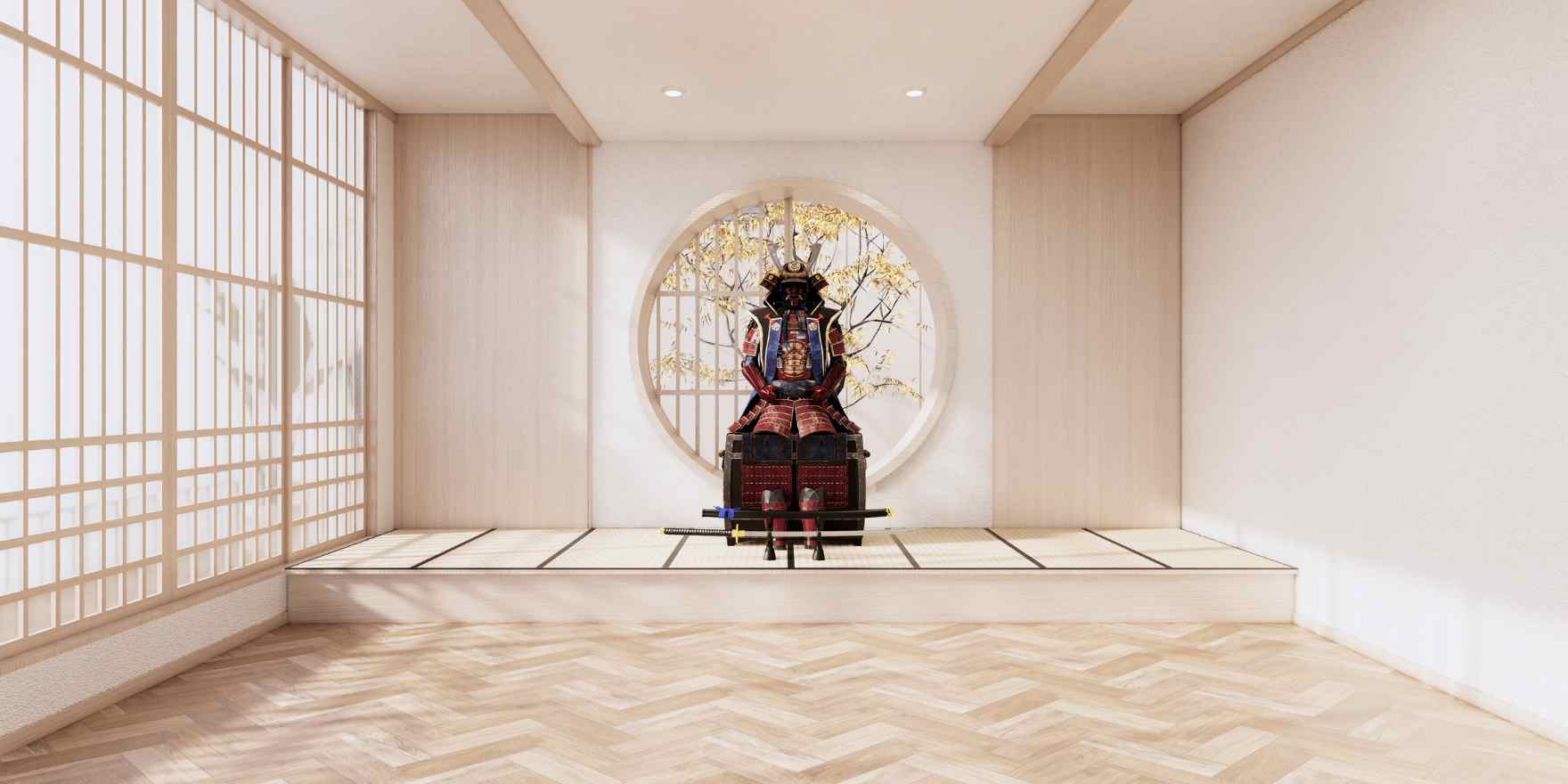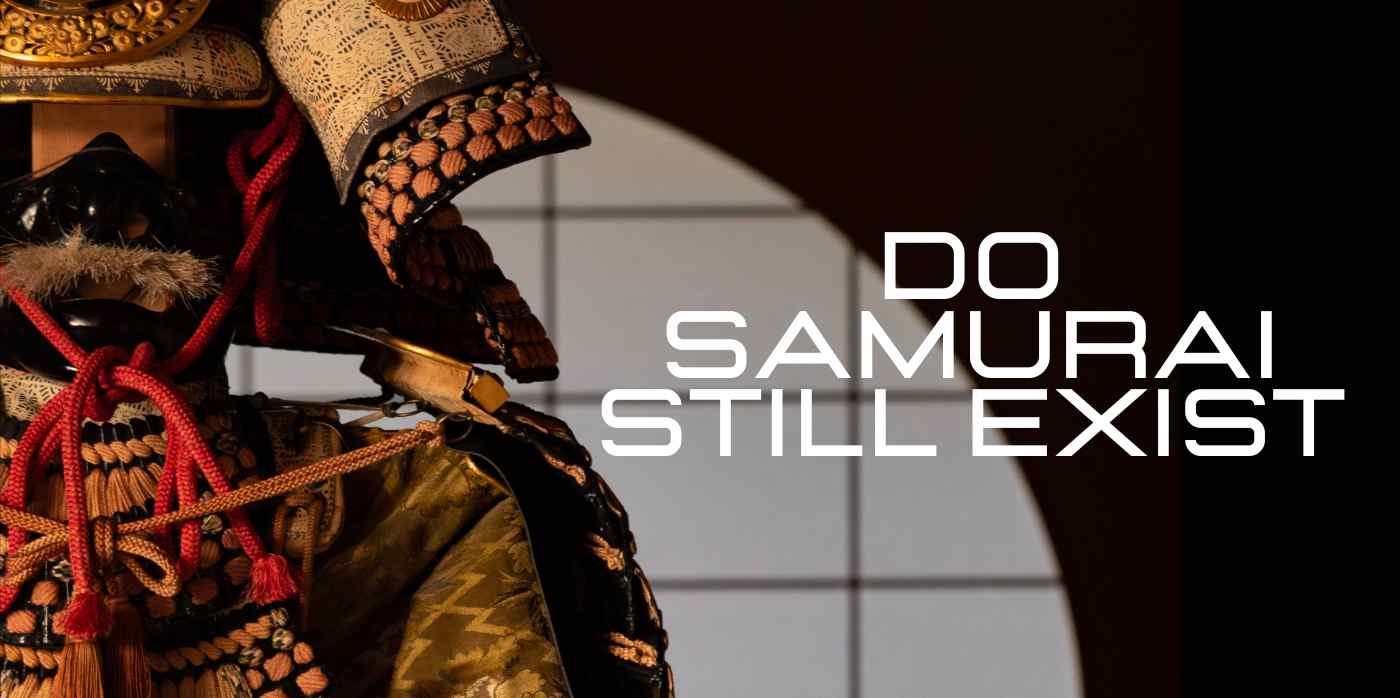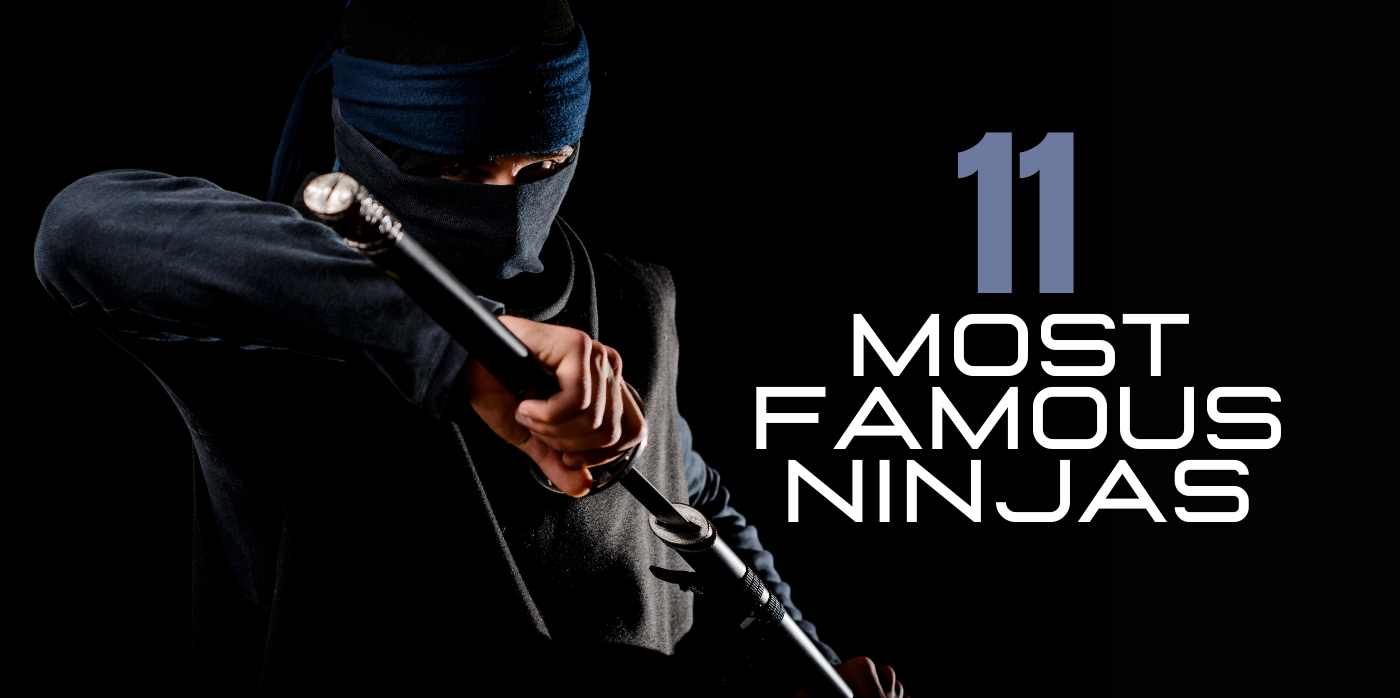Ever been engrossed in a samurai film or flipped through a Japanese history book and wondered, Do Samurai Still Exist Today? The answer isn't straightforward and necessitates a deep dive into Japan's rich historical fabric, cultural nuances, and contemporary life. In this blog, we'll journey through the captivating saga of the samurai, their transformative epochs, and the traces they've left in the present world.
The Historical Context of Samurai
The samurai once stood as Japan's warrior elite, playing a crucial role in the country's history, governance, and cultural identity for hundreds of years. Living by the principles of Bushido, they were embodiments of honor, fidelity, and valor. While the Meiji Restoration of the late 1800s dissolved the formal samurai class, the question persists: Do Samurai Still Exist in any form today?
Are there still Samurai
The samurai as a formal class do not exist anymore in modern Japan. The official reign of the samurai came to a close with the Meiji Restoration in 1868, as Japan dismantled its feudal order. This transformation saw the samurai transition into everyday citizens, stripping them of their unique entitlements like carrying swords and maintaining a distinct social standing.
Yet, the samurai's cultural and philosophical imprints endure in present-day Japan. Core tenets of the Bushido code, like honor, fidelity, and courage, continue to be upheld as valuable virtues in contemporary Japanese life. They can be seen in practices within Japanese businesses, educational systems, and in the family unit.
Martial arts such as Kendo, Iaido, and Aikido exist to keep both the combat methods and spiritual ethos of the samurai alive. Additionally, the legacy of the samurai is forever captured in popular culture through movies, anime, and video games, extending their influence not just within Japan but globally.
Moreover, there are Japanese individuals who can trace their lineage back to samurai families. While they no longer enjoy the legal standing or benefits once held by their ancestors, a deep-rooted sense of ancestral pride often persists.
Hence, although the samurai no longer function as an official class or militant faction, their underlying principles, cultural traditions, and philosophical beliefs continue to leave their mark on contemporary Japanese society.

Samurai in Modern Japan
The descendants of samurai families in Japan occupy a unique space in the nation's modern social fabric. While the samurai class was officially abolished during the Meiji Restoration in the late 19th century, the legacy and heritage of these families are not entirely forgotten.
Family Crests and Heritage
Many of these families still maintain their family crests ("kamon") and some even keep heirlooms and historical documents related to their samurai ancestry. The kamon serves as a symbol of the family line and may appear on formal clothing and family ceremonies. Such family crests are sometimes displayed at weddings, funerals, and other significant family events.
Preservation of Traditions
Descendants of samurai families often hold a keen interest in preserving the history, art, and traditions associated with their lineage. This could range from practicing traditional martial arts to being the caretakers of historical samurai artifacts. They may also participate in local festivals where samurai heritage is celebrated.
Social Status
Although the class distinctions that once separated samurai from commoners have been abolished, some remnants of the old status hierarchy remain in cultural attitudes. Samurai families were historically considered to be of a higher social standing, and some people in Japan still regard descendants of these families with a certain degree of respect or curiosity, even though there are no official class divisions today.
Role in Local Communities
In certain regions, particularly those with a rich samurai history, descendants may play a significant role in community activities. They might be involved in local governance or cultural preservation efforts, contributing to the community in ways that indirectly reflect their family's samurai background.
Memoirs and Histories
Some samurai descendants have taken it upon themselves to document their family histories, often drawing from a mix of historical records and oral traditions. These accounts offer valuable insights into the lives and philosophies of the samurai, contributing to scholarly work and popular understanding of this important aspect of Japanese culture.
Modern Occupations
It's worth noting that samurai descendants are fully integrated into modern Japanese society and hold a variety of jobs like anyone else. They are not limited to traditional roles or activities connected to their ancestry.

The descendants of the samurai families
The legacy of samurai clans in Japan is deeply intertwined with the country's history and continues to influence modern society. Here's more information on some of the most prominent samurai clans and their descendants today:
Imperial Clan
Historical Background
The Imperial Clan of Japan is perhaps the oldest continuous hereditary monarchy in the world. While not technically a "samurai clan," the Imperial Family has been a central figure throughout Japan's history, including during the eras dominated by samurai.
Modern Legacy
The Imperial Family remains a vital emblem of Japan's rich cultural legacy. While the Emperor's function is now solely ceremonial, the family commands great respect and actively participates in a variety of cultural and spiritual events.
Shimazu Clan
Historical Background
Ascending from the tumultuous Sengoku era, the Shimazu clan held dominion over the territory currently forming part of Kagoshima Prefecture, once referred to as Satsuma. They were instrumental during the terminal stages of the Warring States period and retained their clout well into the Edo era.
Modern Legacy
Descendants of the Shimazu clan are involved in various cultural and educational initiatives. The family's history is well-preserved in museums and landmarks in Kagoshima Prefecture where you can find samurai's armors and samurai swords for example, and some descendants still participate in political and business circles.
Oda Clan
Historical Background
The Oda Clan is most famous for Oda Nobunaga, a key figure in the unification of Japan. Nobunaga's policies and military strategies set the stage for the eventual unification of the country.
Modern Legacy
Today, the Oda clan is celebrated through various means including historical dramas, museums, and monuments, particularly in Aichi Prefecture. The clan's legacy is mostly historical, with fewer active descendants in public life compared to other clans.
Date Clan
Historical Background
The Date clan was one of the powerful families during the Sengoku and Edo periods, ruling over what is now the modern-day Miyagi Prefecture. Date Masamune, the most famous of the Date samurai, is well-known for his influence and unique appearance, which included an eye patch.
Modern Legacy
The Date clan's legacy lives on through tourism and local culture in Miyagi Prefecture. Date Masamune’s mausoleum, known as Zuihoden, is a popular tourist destination. There are still descendants of the Date family who participate in cultural and public activities.
Tokugawa Clan
Historical Background
The Tokugawa clan became prominent with Tokugawa Ieyasu’s victory at the Battle of Sekigahara in 1600, which led to the establishment of the Tokugawa Shogunate that ruled Japan until the Meiji Restoration in 1868.
Modern Legacy
The Tokugawa clan's descendants continue to make contributions in fields such as academia, commerce, and governance. Numerous cultural organizations and museums are tasked with upholding the enduring legacy and historical significance of the Tokugawa family in contemporary Japanese society.
In summary, while the era of the samurai is long over, the descendants of these significant clans continue to influence modern Japan in various ways, from cultural preservation to involvement in current social issues. Their legacies are a blend of historical heritage and contemporary significance.





